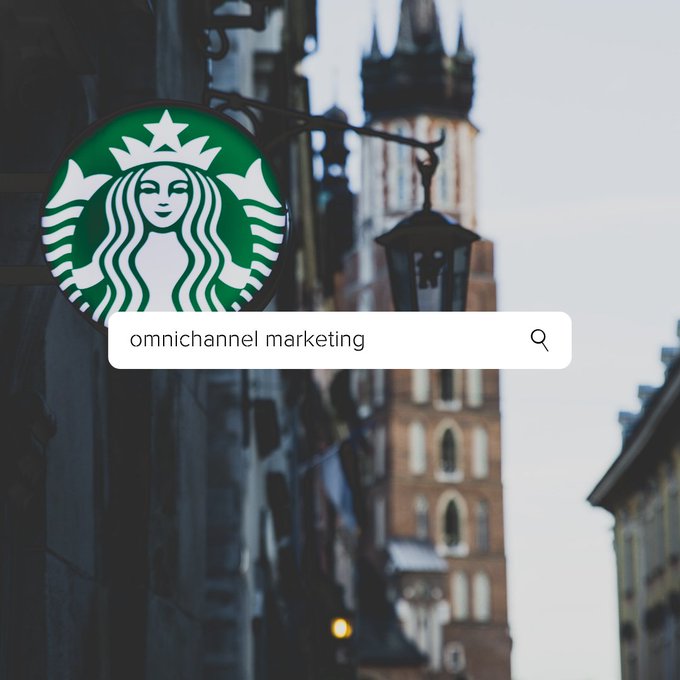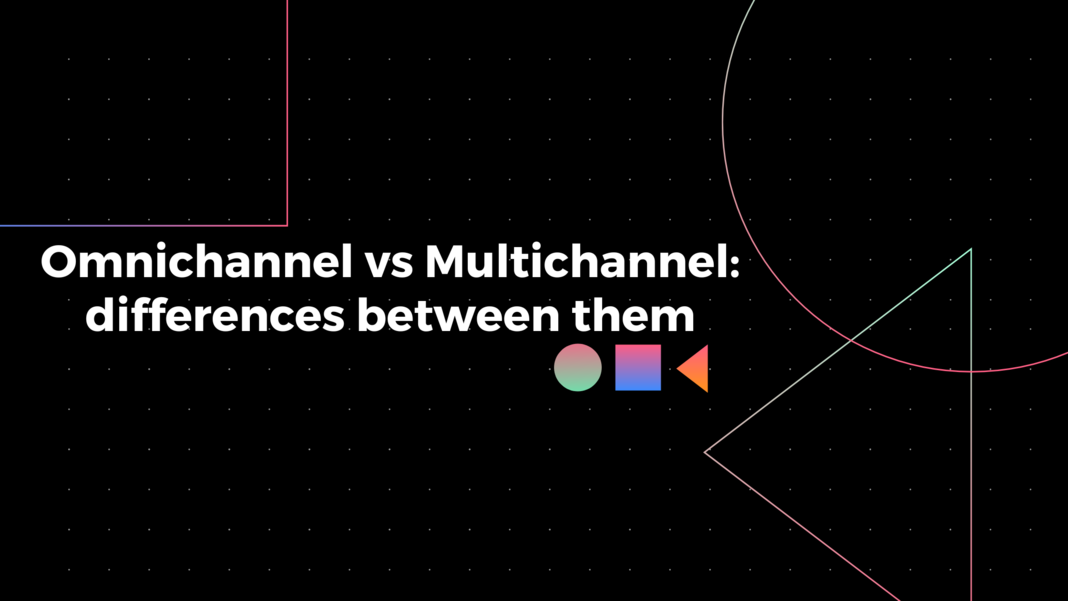Both multichannel and omnichannel eCommerce advertising methods target audiences through multiple channels. These strategies have different components that are used to achieve success and separate them from each other, making one more effective than the other. Before making your choice between two similar but essentially different methods of communication, you should first familiarize yourself with the information.
There are differences between multichannel and omnichannel strategies. This article defines what omnichannel vs. multichannel means for eCommerce and retail.
- How does multichannel work?
- All about omnichannel
- The significant difference between omnichannel and multichannel
- Omnichannel marketing examples
How does multichannel work?
We will try to describe in simple words what is “multichannel.”

Multichannel uses different communication channels with clients to improve the quality of sales, service, and marketing impact. Multichannel marketing means “sales everywhere” This means that buyers get control of the situation and decide how to interact with your business: online, via text messages or phone calls, going to the store in person or using other means.
In multichannel marketing, each channel works individually. It is not connected with the other one and has its own goals. Every effort, message, and experience is different in multichannel marketing. It also leads to losing users who leave the standard behavior model. Every year, users increasingly want individual communication. The multichannel concept is good in theory, but consistency is necessary to maximize your advertising efforts.
Multichannel retail is often sufficient in the early stages of a business when building brand awareness is the priority. Plus, it’s best not to pursue omnichannel retail until you have enough resources, staffing, and customer data.
All about omnichannel
You hear many times phrases like omnichannel is the future of marketing. So let’s look at this part.
Omnichannel is a model of sales and communication in which all channels are combined into one complete system. As a result, all channels operate together, are integrated, and depend on each other. This well-coordinated approach allows the customer to provide up-to-date product information regardless of which channel they use it.
Omnichannel is better suited for brands who want to focus on attracting customers who already interact with your business and become market-recognized.
The future is over-the-counter because you can track and control every step of the user and build hypotheses on how to turn him into a buyer. The technology of omnichannel is present not only in Google Ads or Facebook but also is used in modern distribution systems, marketing networks, and systems for sale, which are integrated into the site. They are based on an analysis of user behavior in different communication channels.
This omnichannel marketing surrounds the user from all directions: at home, on the phone, on the computer, on the street, and in the store. Yet, at the same time, the user seems to be “Growing” with the brand, becoming a part of it. That is why businesses need to understand that the transition to an omnichannel regime is an inevitable fate of all those who want to remain “afloat.” The only question is who will start doing this before, whether you or your competitor.
Difference between them
The significant difference between omnichannel and multichannel is the purpose of the strategy. Omnichannel employs marketing channels that focus on the customer, and multichannel uses one or two marketing channels to focus on a product or service.

Omnichannel marketing takes the foundation of multichannel marketing and expands it to reach for better user experience. The basis is the same — use multiple channels.
However, there are three additional components to know when discussing omnichannel vs. multichannel:
The main goal — multichannel improves brand recognition, and omnichannel gives special attention to the customer and their experience with your brand on all channels. Personalization — omnichannel coordinates efforts to ensure each experience is personalized to the consumer and where they are, while multichannel wants to get the message out.
Consistency — omnichannel integrates marketing efforts to spread the same message to the right people. However, multichannel works separately, so the character is often lacking.
Omnichannel marketing examples
Below, we can see great examples of brands and how they work with omnichannel marketing.

Starbucks: Free cash for registration in the loyalty program; bonus points for purchases. Individual recommendations in the appendix; card replenishment through different channels.
Sephora: Personal offers based on search in history, primitive with the added reality, the technology of a virtual copy of goods.
Nike: Identify customers when entering the store, check availability and order clearance without queues, and determine the size of shoes through Nike fit.
Both omnichannel and multichannel approaches offer the potential for increasing customer satisfaction. Omnichannel takes the best qualities from multichannel and maximizes them. Choose what model of sales and communications to select at the beginning of integration into your business: the time when you have questions about it.
GET IN TOUCH
